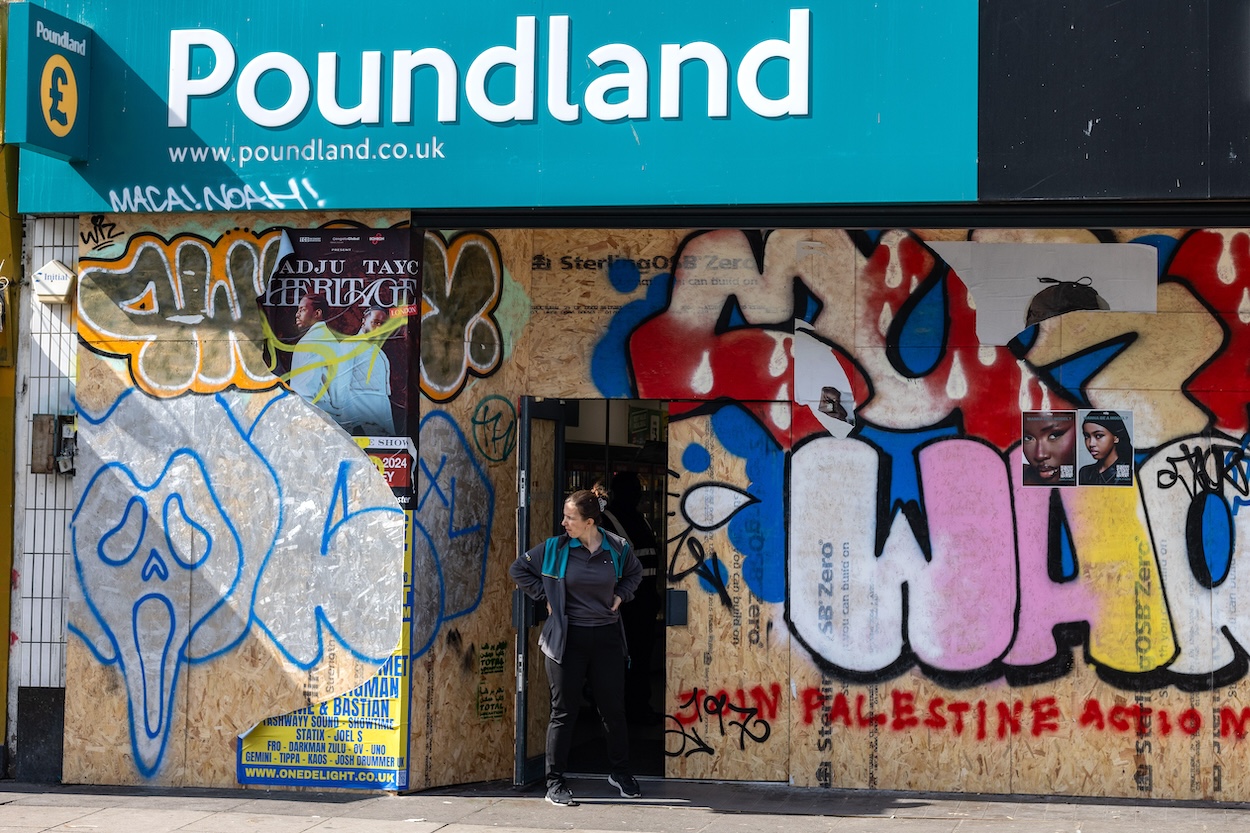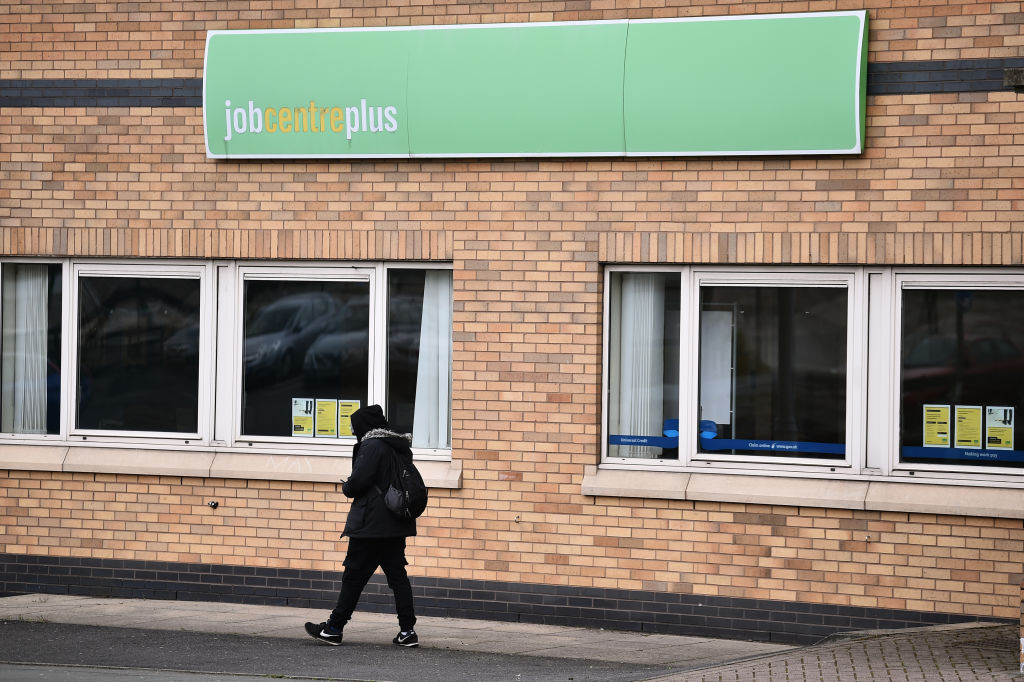‘Poundland sells for a pound’ is one of those stories of which sub-editors dream – not to mention the beleaguered company’s PR department. But irony aside, the news does draw attention to a paradox: why do discount stores seem to suffer more in bad economic times than they do in good times? It’s like Ratners, which boomed during the loadsamoney years of the late 1980s, only to flounder during the early 1990s slump, admittedly with a bit of help from its chief executive, Gerald Ratner, who called one of his company’s products ‘total crap’.
Shouldn’t recessions, or times of anaemic growth as we have now, be good for shops that sell things cheaply? Surely they attract customers who are forced to trade down. On that basis, the tills at Poundland ought to be ringing in Rachel Reeves’s flatlining Britain. But as Poundland’s former CEO Jim McCarthy once noted, people are wrong to assume that the business benefits in economic downturns; actually, it was more profitable during boom times. There are always price-conscious buyers willing to buy crap, it seems – and when the economy is booming they tend to buy more crap, not trade up.
But Poundland’s business model has always suffered from a problem that ought to have been obvious: it was doomed by inflation. Each year – save for during very rare bouts of deflation – a pound is worth less, and so too are the proceeds from what Poundland sells. A pound in 1990, when the chain was formed, is worth only 40 pence now. The company’s costs, on the other hand, inevitably rise. The national minimum wage – an important part of the economics of retail – has increased three and a half times since it was introduced in 1999. The result? Poundland’s margins get endlessly squeezed.
I know Poundland has tried to address this problem by introducing product lines that cost more than a pound. By 2021, one in ten of its product lines were reported to be priced at more than a pound. But this gives the chain an identity problem. Its whole charm was that everything cost a pound. I used to love Poundland because it helped me teach my daughter about money. I could take her Christmas shopping, hand her £8 and tell her she had enough to buy eight presents, and she could choose whichever items she liked. That is lost when some things cost £2.
Poundland’s business model has always suffered from a problem that ought to have been obvious
Poundland was the reincarnation of an old idea. It was emulating Woolworths in the 1950s, when everything cost sixpence. That, Poundland’s offer, was ultimately unsustainable, and Woolies never really recovered from the loss of that marketing ploy – although it lingered on for years, also succumbing during recessions, in 2009.
In Poundland’s heyday it inspired ferocious competition. I forget which town it was where Poundland closed after a 99p shop opened across the road, but clearly it was a place where every last penny mattered. Poundland had the ultimate triumph, however, when it took over the chain of 99 pence stores in 2015. How much longer Poundland will survive under its new owners is questionable, especially after Reeves’s rise in employers’ national insurance. The era of the pound store looks like drawing to a close. It may take a few years, but the next concept in flat-rate retailing is surely Tennerland.








Comments